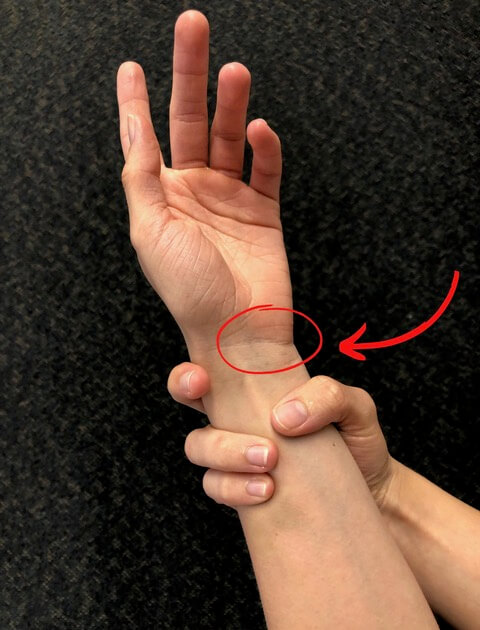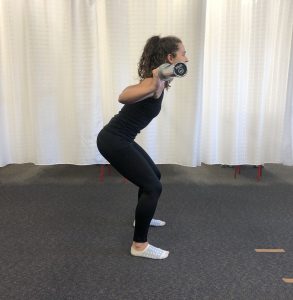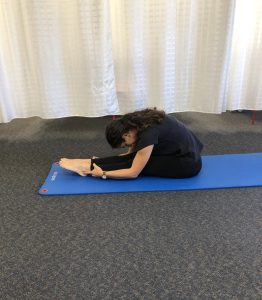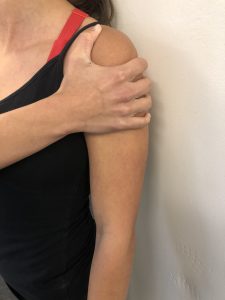What is it?
The triangular fibrocartilage complex (TFCC) is a load-bearing structure within the wrist. The TFCC is made up of cartilage and ligaments that together increase the stability of the distal radioulnar and ulnocarpal joint. This structure acts as a shock absorber between the wrist and hand bones and assists to transmit forces across the wrist joint to allow for forearm movement.
How is it injured?
The TFCC is a common cause of ulnar-sided wrist pain and frequently occurs when the TFCC becomes compressed while the wrist is in ulnar deviation. There are 2 types of TFCC tears.
Type 1: Traumatic
A traumatic (acute) tear usually occurs from a sudden, forceful loading or twisting force to the wrist. This includes falling on an outstretched hand or from sport using a racquet or bat.
Type 2: Degenerative
A degenerative TFCC tear is an overuse or chronic injury that results from repetitive ulnar and compressive loading. This type of tear usually appears gradually overtime due to abnormal loading of the ulnar side of the wrist. Degenerative tears occur in sports such as gymnastics, weightlifting, boxing and surfing.
Common signs and symptoms include:
- Sharp or ache pain on the ulnar side of the wrist
- Pain with weight bearing or rotation of wrist (eg. turning a door knob, opening lid of a jar)
- Clicking or snapping sensation
- Reduced grip strength
- Wrist may feel unstable
- Swelling
Physiotherapy management
Physiotherapy management involves several aspects to promote recovery and reduce the chance of the injury reoccurring.
Strength training
Initial strengthening includes isometric exercises, where the muscle contracts without moving. As symptoms allow, strength training is progressed in order to increase muscle strength and stability around the wrist to support and offload the TFCC.
Taping or bracing
Taping or wearing a TFCC brace is a great way to decrease compression on the TFCC and improve stability in the wrist joint. It also helps to reduce pain during everyday activities or sport.
Load management
Load management is a key part of rehabilitation in TFCC injuries. Load management includes avoiding aggravating activities and modifying movements that cause pain. For TFCC injuries, this often includes weight bearing through the wrist or excessive and repetitive wrist motions eg. opening jar lids or door knobs. As rehab progresses, the aim is to slowly increase the TFCC’s tolerance to these activities until they are pain free.
Self-management strategies
Applying ice on the wrist and using anti-inflammatory cream or medication (eg. voltaren or nurofen- as prescribed appropriately) will help to decrease inflammation and ease pain.
The recovery timeframe for TFCC tears can range from 4 weeks to 6 months to resolve depending on the irritability and type of injury sustained.
If you have a TFCC injury or are experiencing ongoing wrist pain, contact the clinic and book in for an initial assessment with one of our physiotherapists in order to be accurately assessed and treated to assist with your recovery.




